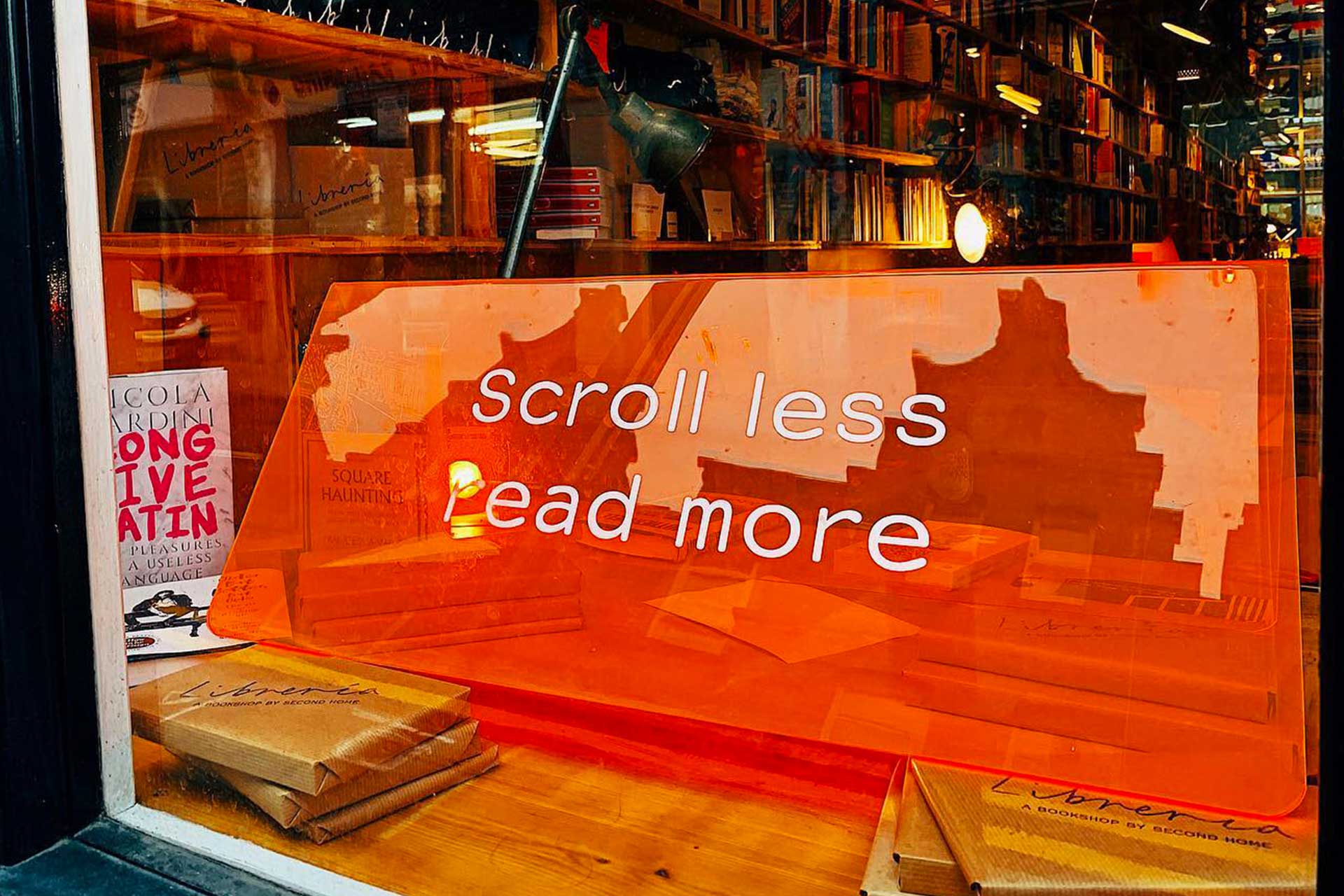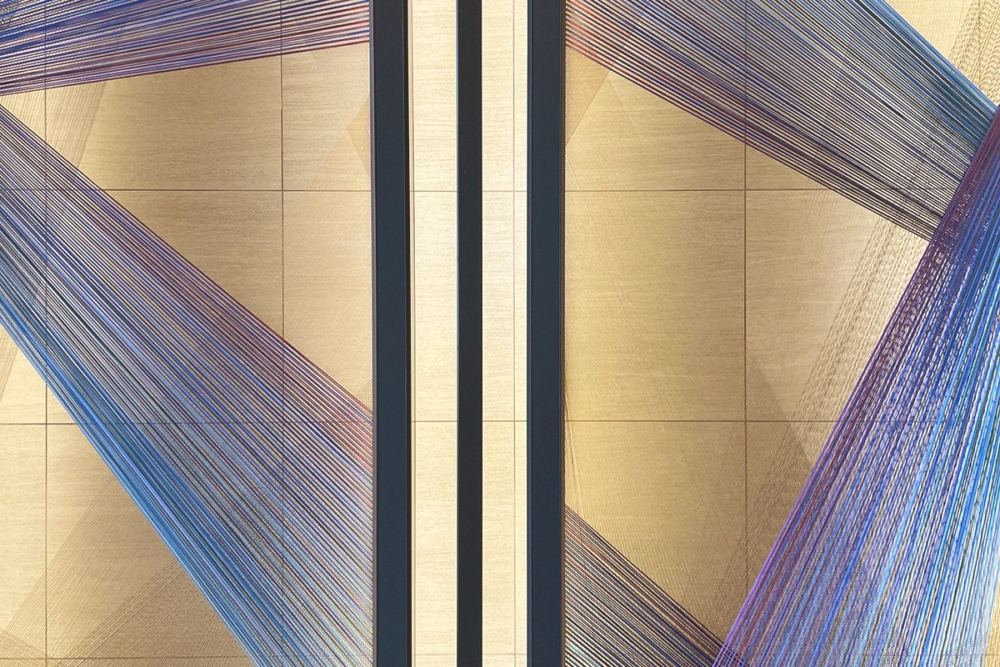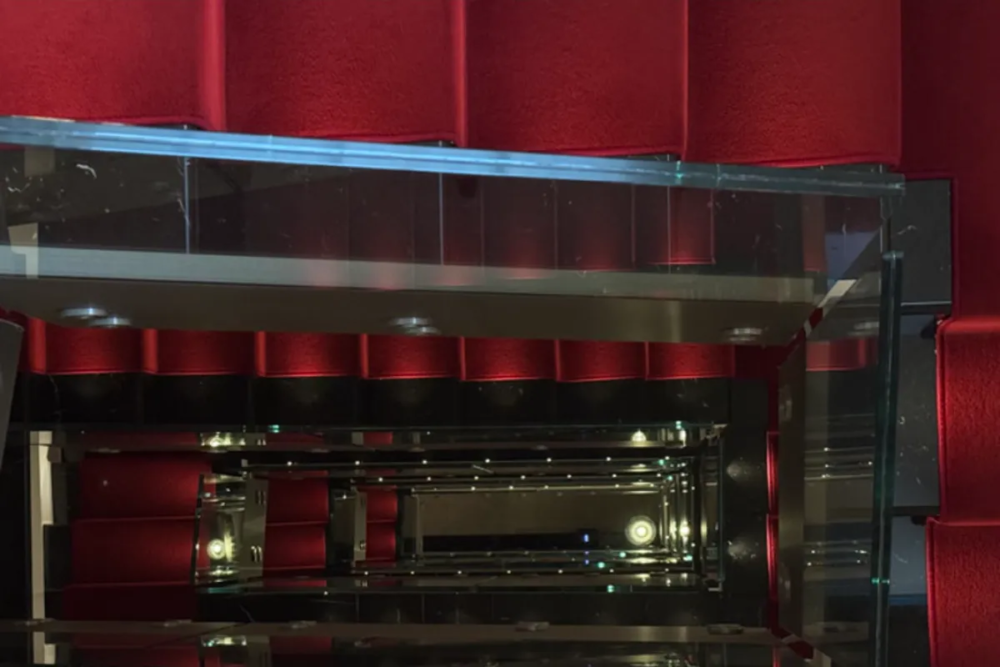
History, Architecture, and Gastronomy in a Transforming Milan
Step inside Ristorante Rubacuori at Château Monfort, a cultural landmark rooted in Milanese Liberty design, where historic architecture intersects with exceptional culinary artistry
The Corso Concordia Area: A Neighborhood in Transition
Ristorante Rubacuori and its host hotel, Château Monfort, are located on Corso Concordia, in the Porta Monforte district in eastern Milan. This area, characterized by a mix of historic residential buildings and urban redevelopment projects, reflects a snapshot of early 20th-century Milan. Porta Monforte was originally a residential neighborhood for the Milanese upper class, who found it an ideal location to build elegant Art Nouveau (Liberty) palaces, away from the bustling city center.
The area is bordered by Corso Venezia to the west and tree-lined avenues connecting the city to Linate Airport. Despite its predominantly residential nature, Porta Monforte is now at the center of infrastructural and cultural renewal, partly thanks to the opening of the new M4 metro line, which connects the district to the rest of the city and beyond.
The M4 and Milan’s Transformation
The M4 line, also known as the “Blue Line,” is an infrastructure project transforming Milan’s urban landscape. Recently inaugurated, this driverless metro line crosses the city from east to west, connecting Linate Airport to the city center and extending to San Cristoforo on the Naviglio Grande. The Tricolore station, located right in front of Château Monfort, serves as a strategic hub for travelers seeking swift access between Milan’s heart and one of Italy’s main airports.
With a total investment exceeding €2 billion and a construction period lasting seven years, the M4 stands as one of Milan’s most ambitious infrastructure projects. Beyond improving mobility, it has catalyzed redevelopment in the areas it serves, boosting both property and commercial values. Porta Monforte is one such area, benefiting from new opportunities and attracting not only residents but also tourists and businesses.

Paolo Mezzanotte and the Building’s History
The building housing Ristorante Rubacuori was designed in 1903 by Paolo Mezzanotte, a pivotal figure in 20th-century Milanese architecture. Born in Milan in 1878, Mezzanotte is best known for designing the Palazzo della Borsa in Piazza Affari, completed in 1932. His academic training at the Politecnico di Milano and his fascination with classicism and Art Nouveau made him one of the most refined interpreters of Italian architectural culture of the time.
The Corso Concordia building fully reflects the Liberty style, featuring floral decorations and organic motifs that imbue the structure with lightness and movement. These details, characteristic of Mezzanotte’s work, not only align with the aesthetics of the era but also embody a sense of modernity. The building was initially intended as housing for the bourgeoisie, with an interior layout emphasizing functionality and comfort.
After being abandoned for years, the building was acquired by Planetaria Hotels in 2007 and restored by Studio Combi, which preserved its original decorative elements while adapting it to a new hospitality-focused purpose. The restoration transformed the property into one of Milan’s most prestigious hotels, with particular attention to design and sustainability.
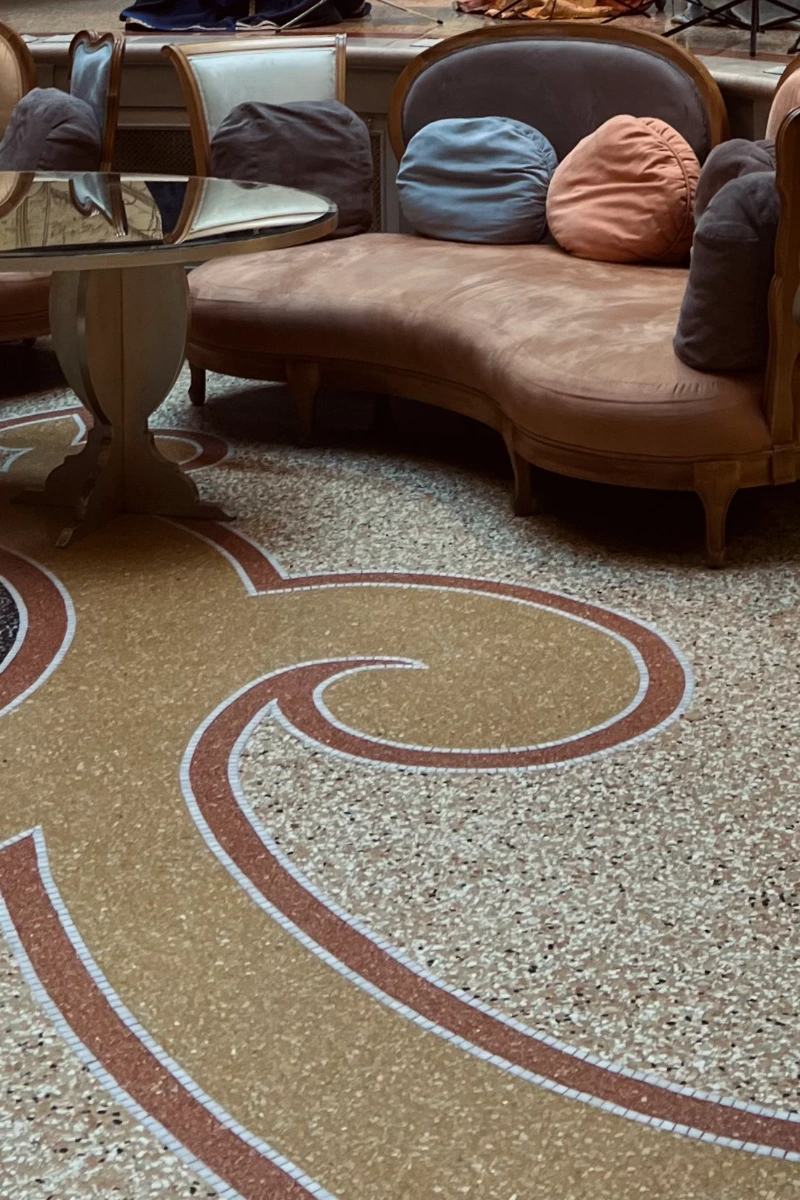
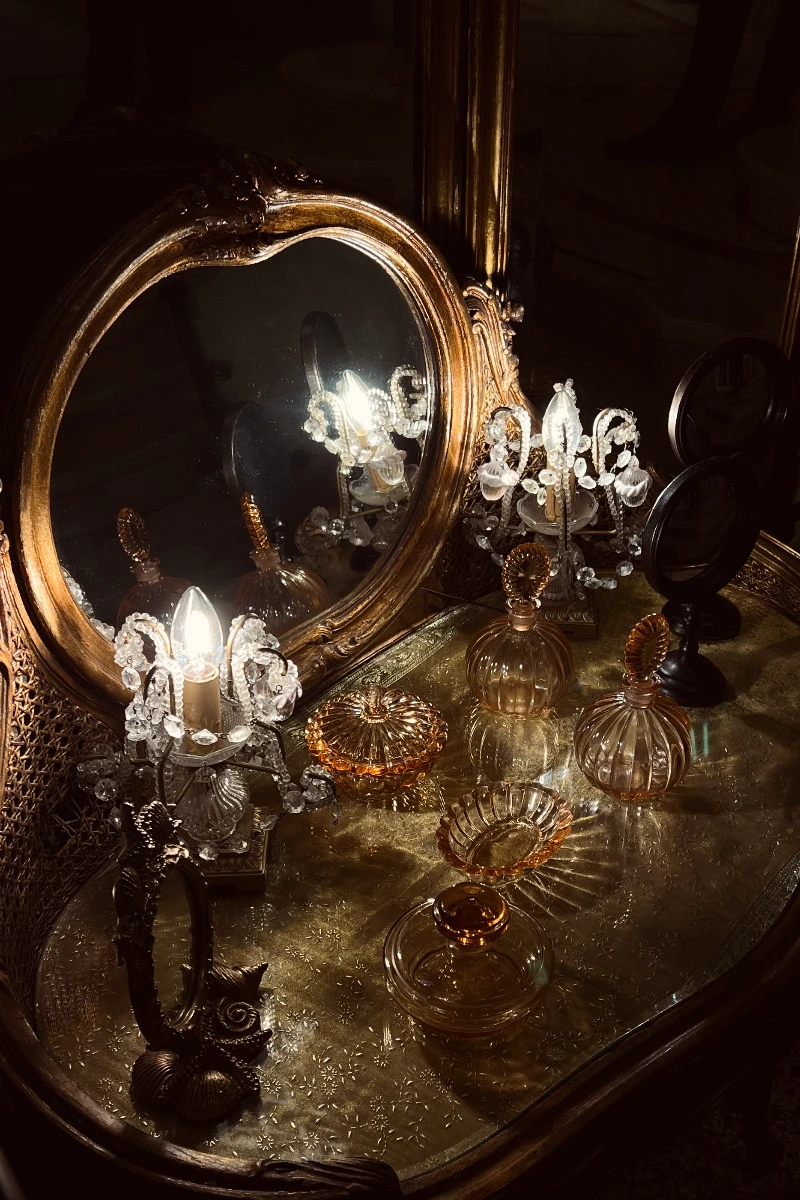
The Interior Spaces: Three Dining Rooms
Ristorante Rubacuori is divided into three distinct dining rooms, each offering a unique ambiance. The Sala del Rubacuori stands out with mirrored tables and silver chairs featuring heart-shaped backs, reflecting elegance and meticulous design. The Sala dell’Alcova blends retro design with modern sofas in light tones, creating a cozy and intimate environment ideal for a relaxed dining experience. Lastly, the Sala della Caccia features warm furnishings and white ceramic trophies, evoking a rural aesthetic reinterpreted in a contemporary style.
The thoughtful design of these spaces aims to provide a personalized experience, catering to a diverse clientele and balancing aesthetics with functionality.
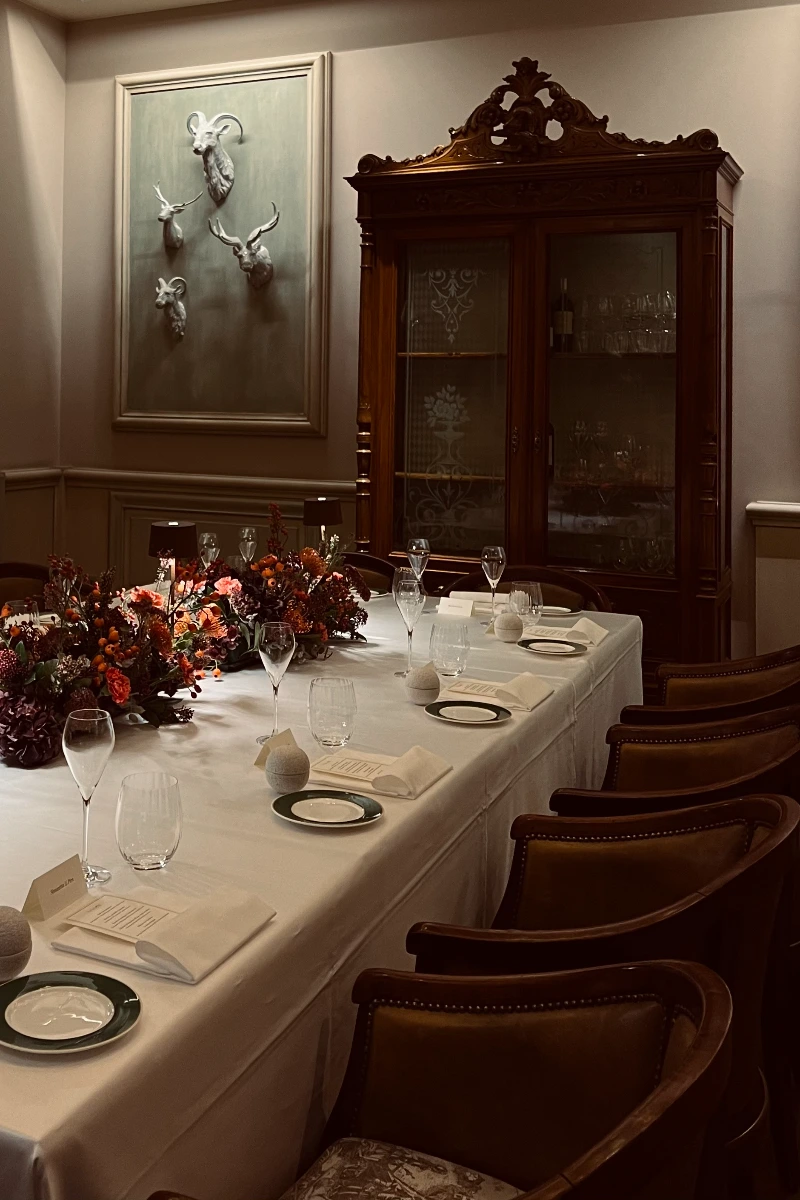
The Cuisine of Domenico Mozzillo
Domenico Mozzillo has served as Executive Chef for seven years. Originally from Campania, Mozzillo built a robust career with high-level formative experiences, including a collaboration with renowned chef Alain Ducasse in Paris. His cuisine is based on a synthesis of tradition and innovation, with a keen focus on ingredient quality and sustainability.
The menu, which changes with the seasons, celebrates the richness of Italian territories. During autumn, dishes like chestnut ravioli with seasonal mushrooms and Cosentino pork cheek take center stage, offering a harmonious blend of intense flavors. Other highlights include the Feudo Mondello linguine with seafood and grapefruit, a fresh and aromatic dish inspired by the chef’s Mediterranean roots. Desserts, such as a pumpkin, amaretto, and vanilla creation, also reflect the season and showcase creative flair.
Mozzillo collaborates with local suppliers, prioritizing organic and Slow Food-certified products. His approach aligns with the Relais & Châteaux Manifesto, which advocates for ethical and sustainable gastronomy.
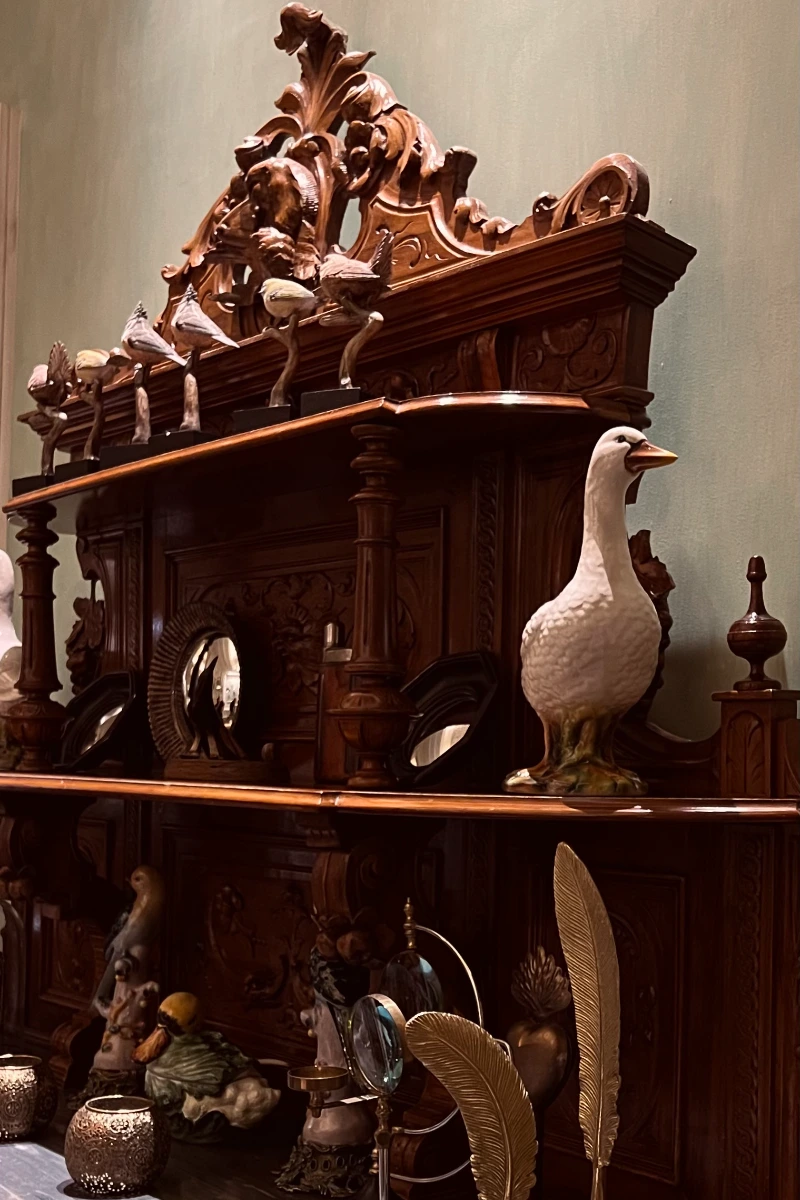
Sunday Brunch: A Refined Tradition
One of Rubacuori’s most cherished experiences is its Sunday Brunch, which reimagines the Italian family lunch tradition with refined elegance. Antipasti are served buffet-style, while main courses and desserts are brought to the table, offering a convivial yet sophisticated dining experience. The menu changes weekly, maintaining a strong connection to seasonality and Italian culinary traditions.
Social Responsibility: CasAmica Onlus
Planetaria Hotels demonstrates a commitment that extends beyond luxury hospitality. Through CasAmica Onlus, the group provides housing for cancer patients and their families during medical treatments. This social initiative reflects a vision of hospitality that includes solidarity and empathy, integrating the values of care and support into its broader mission.

